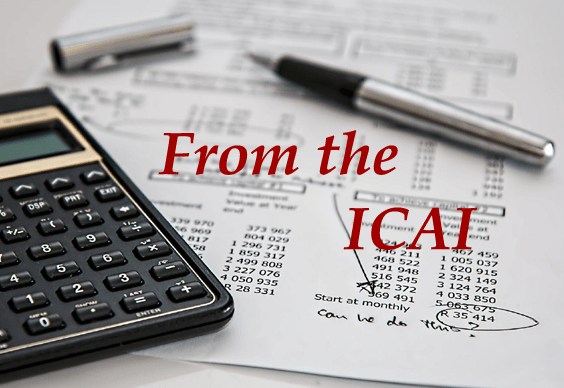Finance Ministry unveils draft ‘climate taxonomy’ document to aid clean energy investment
New Delhi, May 8, 2025
The draft note follows an announcement by Nirmala Sitharaman in her Budget speech this February
To direct investment towards clean-energy projects and infrastructure better adapted to weather threats from climate change, the Finance Ministry has made public a draft document, ‘Framework of India’s Climate Finance Taxonomy.’
The climate finance taxonomy, the report said, was a “tool to identify activities consistent with India’s climate action goals and transition pathway.” The objective of this taxonomy was to encourage investment in climate-friendly technologies and activities, thus enabling India to be Net Zero by 2070 but simultaneously encouraging long-term access to reliable and affordable energy. The taxonomy should also prevent “green-washing” and be consistent with the developmental goal of ‘Viksit Bharat’ to be achieved by 2047.
The draft note follows an announcement by Nirmala Sitharaman in her Budget speech this February.
“A climate finance taxonomy is a system that classifies which parts of the economy may be marketed as sustainable investments. It helps guide investors and banks in directing trillions toward impactful investments to tackle climate change,” Rajasree Ray, Advisor in the Environment Ministry had stated at a workshop in January.
Developing countries’ demand
Defining such a taxonomy would also help address a contentious issue in international climate talks such as the Conference of Parties. Developing countries demand billions of dollars from developed countries in the form of subsidised technology transfer and grants to finance renewable energy development as well as strengthen their defences against climate change. Developed countries frequently count business investments in renewable energy projects as part of ‘climate finance.’ At the last climate conference in Baku, Azerbaijan, developed countries committed to only $300 billion annually by 2035 as the ‘New Collective Quantified Goal’ when the actual requirement was $1.35 trillion and a large part of the disagreement was due to a lack of consensus on the definition of ‘climate finance.’
The climate taxonomy document aims to classify a range of activities and sectors as ‘climate supportive’ or ‘climate transition.’ The former include activities that reduce greenhouse gas emissions, reduce emissions intensity (emissions per unit of GDP), adaptation solutions that reduce the risks of adverse impacts of climate change and, research and development needed to meet these objectives. Climate supportive activities would include those that improve emissions intensity reduction in sectors where cutting absolute emissions are challenging with the available technology- this could mean in the so-called ‘hard to abate’ iron, steel and cement sector.
The major sectors to be covered would include power, buildings, mobility, agriculture, food, water security. Current estimates suggest that the country needs to scale up investments substantially to enhance the installed capacity to 777.14 GW by 2029-2049 from 470.4 GW (as of February 2025). Considering the scale, strategic investments are required in Advanced Ultra Super Critical (AUSC) thermal power plants, which reduce emissions through higher efficiency, improving plant efficiency to 46 per cent, surpassing subcritical (~38 per cent) and supercritical (~41–42 per cent) technologies.
According to the Initial Adaptation Communication submitted by the country to the United Nations in December 2023, the cumulative expenditure needed for adaptation is estimated to be ₹56.68 trillion (approx. USD 648.5 billion) till 2030 at 2023-24 prices. This is the money required for investments required to implement adaptation actions in agriculture, forestry, fisheries, infrastructure, water resources and ecosystems.
[The Hindu]

